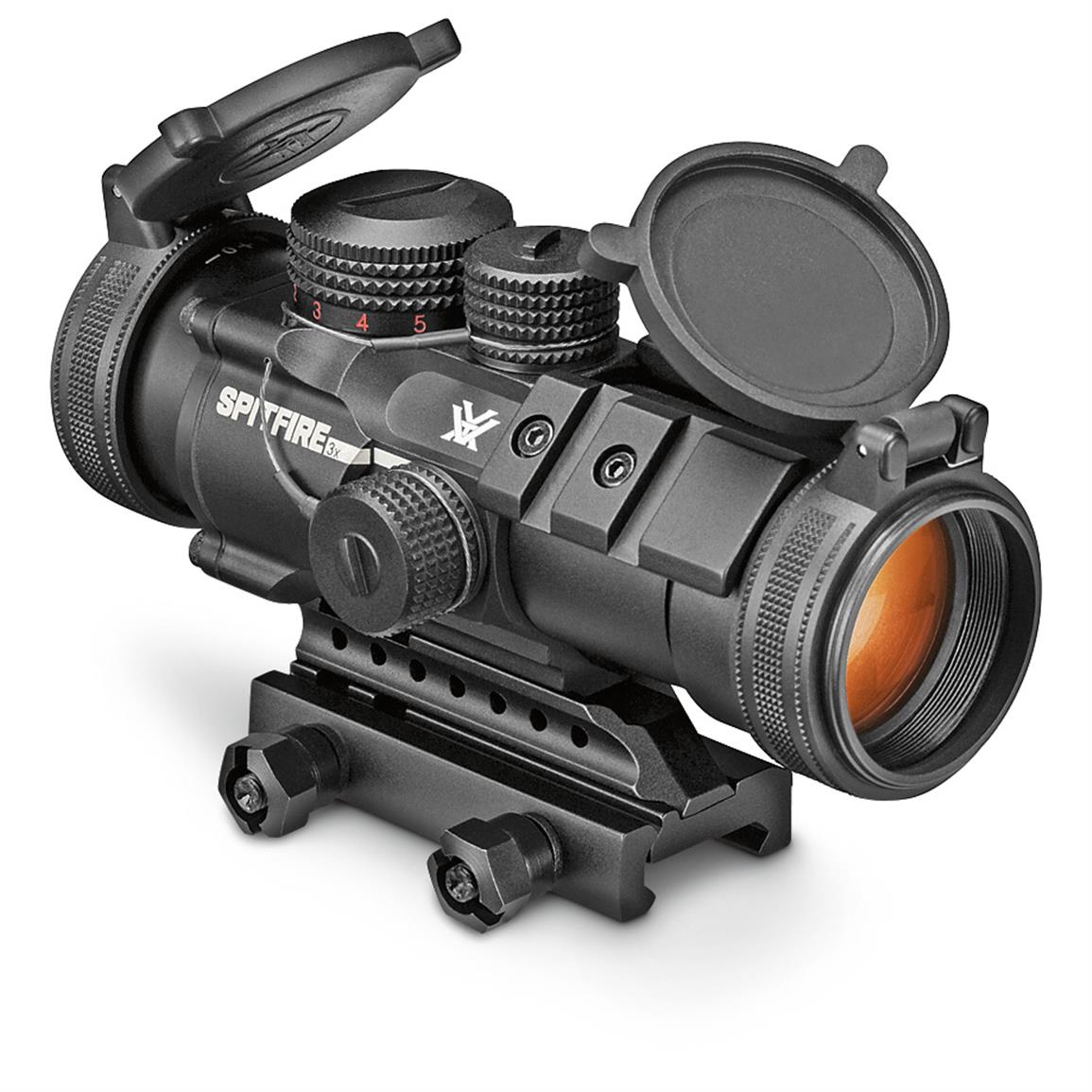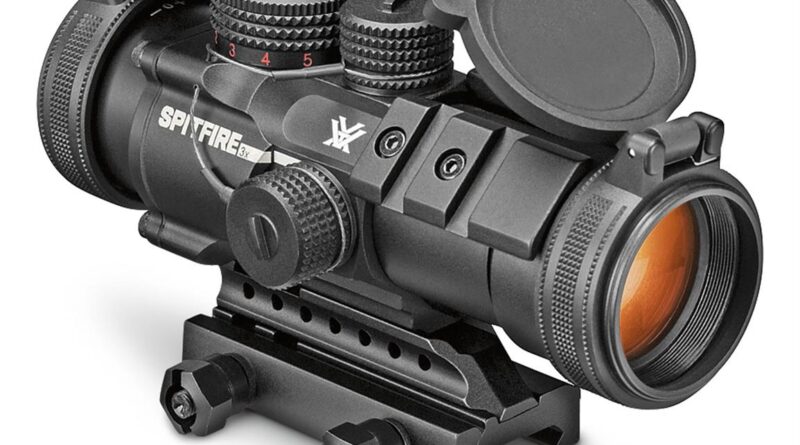Dot Scopes: A Comprehensive Guide For Precision Shooting

Dot Scopes: A Comprehensive Guide for Precision Shooting
Introduction
Dot scopes, also known as red dot sights, are optical devices that project a small illuminated dot onto the target, providing a precise aiming point for shooters. Unlike traditional scopes that magnify the target, dot scopes offer a clear and unobstructed view of the target and its surroundings, making them ideal for close-range shooting applications.
Types of Dot Scopes
Dot scopes come in various types, each designed for specific shooting scenarios:
1. Reflex Sights:
Reflex sights are the most common type of dot scopes. They use a collimator lens to project the dot onto a reflective surface, which is then reflected into the shooter’s eye. Reflex sights are lightweight, compact, and offer a wide field of view, making them suitable for rapid target acquisition.
2. Holographic Sights:
Holographic sights use a laser diode to create a holographic image of the dot. This image is projected onto a transparent screen, providing a crisp and clear aiming point. Holographic sights are more expensive than reflex sights but offer superior optical quality and durability.
3. Prism Sights:
Prism sights use a prism to project the dot onto the target. They are known for their rugged construction and ability to withstand harsh conditions. Prism sights are often used by military and law enforcement personnel.
Features of Dot Scopes
1. Dot Size:
The size of the dot is a crucial factor to consider when choosing a dot scope. Smaller dots provide greater precision, while larger dots are easier to see in low-light conditions.
2. Dot Color:
Most dot scopes offer red or green dots. Red dots are more visible in bright sunlight, while green dots are less distracting in low-light conditions.
3. Brightness Settings:
Dot scopes typically have adjustable brightness settings to accommodate different lighting conditions. Some models also feature automatic brightness adjustment, which adjusts the dot’s brightness based on the ambient light.
4. Magnification:
While dot scopes do not magnify the target, some models offer a slight magnification (usually 1x or 2x) to enhance target visibility.
5. Mounting Options:
Dot scopes can be mounted on various firearms using different mounting systems. Common mounting options include Picatinny rails, Weaver rails, and dovetail mounts.
Advantages of Dot Scopes
1. Fast Target Acquisition:
Dot scopes allow for rapid target acquisition due to their unobstructed view and precise aiming point. This makes them ideal for close-range shooting, such as self-defense, hunting, and tactical applications.
2. Enhanced Accuracy:
The illuminated dot provides a clear and consistent aiming point, improving accuracy and shot placement.
3. Wide Field of View:
Dot scopes offer a wide field of view, allowing shooters to maintain situational awareness while aiming. This is particularly beneficial in dynamic shooting scenarios.
4. Lightweight and Compact:
Dot scopes are typically lightweight and compact, making them easy to carry and mount on firearms.
Disadvantages of Dot Scopes
1. Limited Magnification:
Dot scopes do not magnify the target, which can be a disadvantage for long-range shooting.
2. Battery Dependence:
Most dot scopes require batteries to operate, which can be a potential source of failure.
3. Parallax Error:
Dot scopes can exhibit parallax error, which occurs when the dot appears to shift relative to the target when the shooter’s eye is not perfectly aligned with the optical axis.
Choosing the Right Dot Scope
When selecting a dot scope, consider the following factors:
1. Intended Use:
Determine the primary purpose of the dot scope, such as self-defense, hunting, or tactical applications.
2. Dot Size and Color:
Choose a dot size and color that suits your shooting style and lighting conditions.
3. Brightness Settings:
Ensure the dot scope has adjustable brightness settings to accommodate different lighting conditions.
4. Magnification:
Consider whether you need a slight magnification for enhanced target visibility.
5. Mounting Options:
Select a dot scope that is compatible with the mounting system on your firearm.
Maintenance and Care
To ensure optimal performance and longevity, follow these maintenance tips:
1. Cleaning:
Regularly clean the dot scope’s lenses and body using a soft cloth and lens cleaner.
2. Battery Replacement:
Replace the batteries when necessary to maintain proper operation.
3. Storage:
Store the dot scope in a dry and protected environment when not in use.
Conclusion
Dot scopes offer a versatile and effective solution for precision shooting at close range. With their fast target acquisition, enhanced accuracy, and wide field of view, dot scopes are ideal for self-defense, hunting, and tactical applications. By understanding the different types, features, and advantages of dot scopes, shooters can make an informed decision when selecting the right scope for their specific needs.
